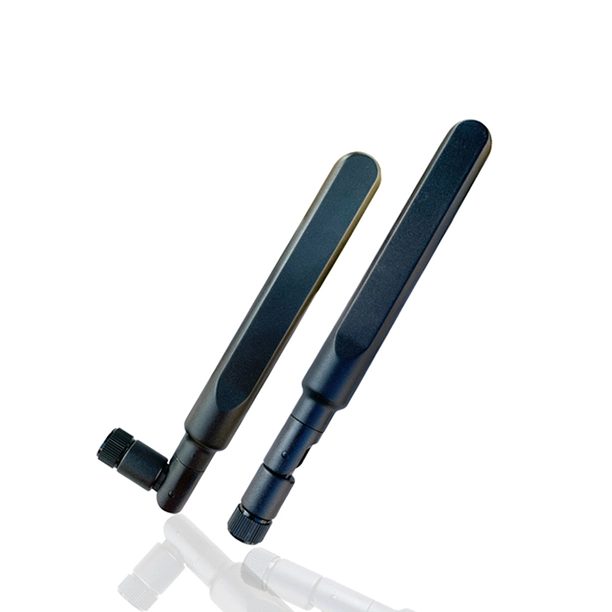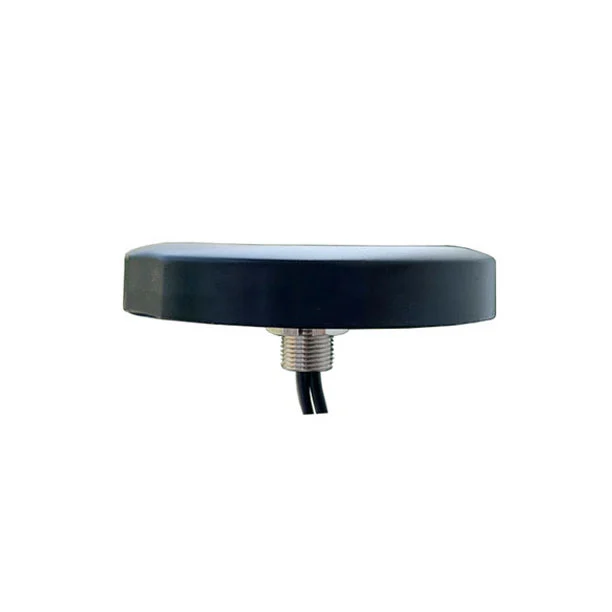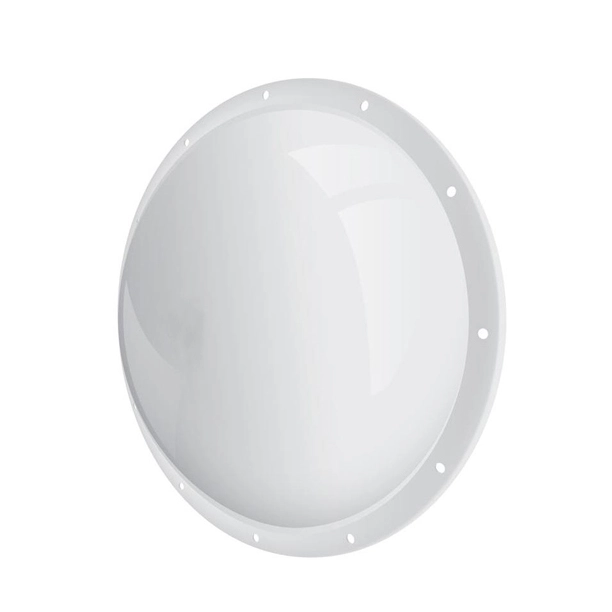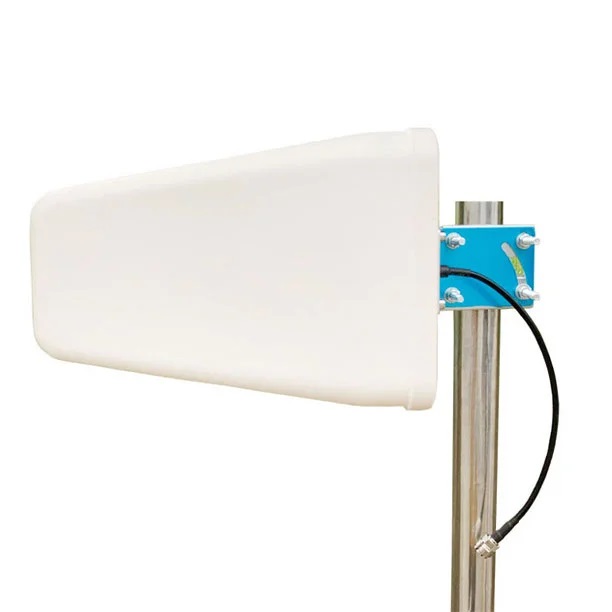Terminal antennas are external antennas that are attached to devices like cell phones, routers, and other wireless devices to improve their signal reception and transmission range. They come in various shapes, sizes, and designs, each with its own unique advantages and disadvantages.
Here's a comprehensive guide to terminal antennas:
Types of Terminal Antennas:
Omnidirectional Antennas: These antennas radiate signals in all directions, making them suitable for general-purpose applications where the signal source is unknown or constantly changing. Examples include whip antennas, rubber duck antennas, and monopole antennas.
Directional Antennas: These antennas focus the signal in a specific direction, increasing the range and signal strength in that direction. Examples include patch antennas, yagi antennas, and parabolic antennas.
Diversity Antennas: These antennas use multiple antenna elements to improve signal reception by reducing the effects of fading and multipath interference. Examples include MIMO antennas and switched diversity antennas.
Factors to Consider When Choosing a Terminal Antenna:
Frequency: The antenna must be designed for the specific frequency range you will be using, such as cellular, Wi-Fi, or Bluetooth.
Gain: The gain of an antenna determines how much it amplifies the signal. Higher gain antennas provide longer range but may be more directional.
Size and Weight: Smaller antennas are more portable but may have lower gain.
Polarization: The polarization of an antenna refers to the orientation of the electric field in the radio wave. The antenna's polarization must match the polarization of the signal you want to receive or transmit.
Impedance: The impedance of an antenna is its resistance to the flow of alternating current. The antenna's impedance must match the impedance of the device it is connected to.
Applications of Terminal Antennas:
Communication:
Cellular Phones: Enhancing call quality, increasing data speeds, and expanding coverage areas in remote locations.
Wireless Routers: Extending Wi-Fi range and improving signal strength in homes, offices, and large open spaces.
Bluetooth Devices: Boosting connection range and improving stability for headphones, speakers, and other wireless accessories.
Satellite Communications: Facilitating data transmission and reception between ground stations and satellites for various applications like remote sensing, navigation, and telecommunications.
Navigation and Positioning:
GPS Devices: Enhancing the accuracy and signal reception of GPS receivers for navigation, tracking, and mapping applications.
Radio Frequency Identification (RFID): Extending the read range of RFID tags used for inventory management, asset tracking, and access control.
Radar Systems: Improving the detection range and resolution of radar systems for weather forecasting, air traffic control, and military applications.
Consumer Electronics:
Remote Controls: Increasing the range and effectiveness of remote controls for TVs, drones, and other devices.
Wireless Gaming Controllers: Reducing latency and improving responsiveness for enhanced gaming experiences.
Smart Home Devices: Expanding the range and stability of communication between smart home devices and hubs.
Scientific and Industrial Applications:
Wireless Data Acquisition: Enabling data transmission from sensors and monitoring equipment in remote or hazardous environments.
Telemetry: Facilitating long-distance data transmission from aircraft, spacecraft, and other vehicles.
Medical Devices: Improving the range and reliability of communication for wireless medical devices like patient monitoring systems and implants.
Additional Tips:
When choosing a terminal antenna, it is important to consult the documentation for your device to ensure that the antenna is compatible.
You can also use online antenna selection tools to find the right antenna for your needs.
Make sure to properly install the antenna according to the manufacturer's instructions.

 English
English





